A Growing Trend – The Agrihood
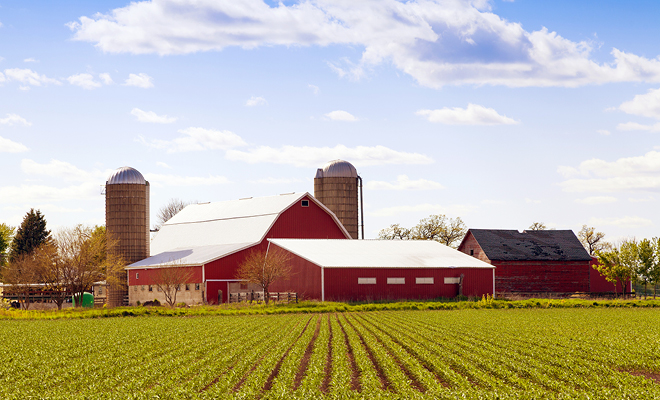
With Earth Day at hand, our focus turns to sustainable, healthy living and some of the newest master-planned communities offering just that – the agrihood. The centerpiece of the agrihood is an integrated farm, organized by the community, offering residents connectivity to each other and their own-grown, just-picked produce.
Introduced in 2014 by Southern California developer Rancho Mission Viejo, the agrihood’s initial target was the millennial homebuyer and their desire for close proximity to farm-direct produce. Since then, the interest in healthy, local, organic, fresh food and farm-to-table experiences has grown exponentially, and in tandem, agrihoods too. As of May 2020, there were 90 agrihoods across the United States, including Hawaii, with 27 more in process. Most popular in suburban master-planned communities, these farm-centered neighborhoods with their rural roots and nature-based focus, often oriented adjacent to open space, can garner municipal approval easily and homebuyer zeal.
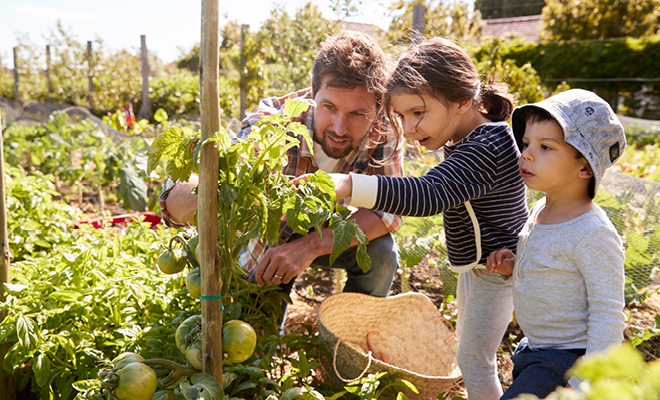
Sendero was Rancho Mission Viejo’s first agrihood on The Ranch in San Juan Capistrano, California. Esencia, with its farm opening later this year, will be its second. Sendero’s 34,000 square-foot sustainable farm adjacent to a multi-use trail and regional bikeway allows participating residents to share in the harvest of its seasonal fruits and vegetables with extra produce available to all at The Farm Stand. Professional farm staff guide the volunteer team and provide educational programs including farm basics, sustainability, and programs for youth. Garden and culinary workshops further enhance the community connectivity opportunities for members of this prototype agrihood.
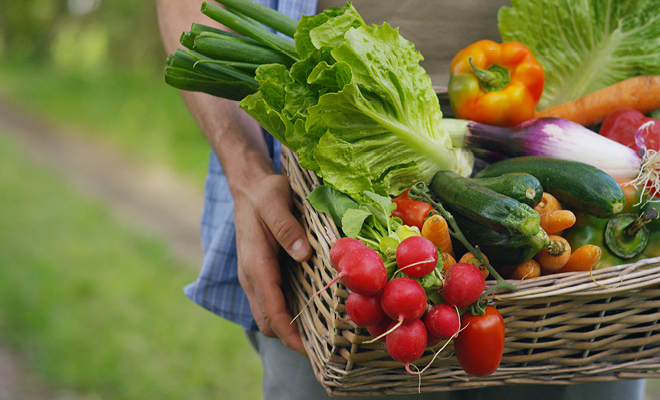
Serenbe, outside Atlanta, set within preserved forests and meadows, includes four hamlets, miles of nature trails, a central, working organic farm, and Community-Supported Agriculture (CSA). Fruit trees and blueberry bushes planted along streets and at crosswalks provide edible landscaping. Operating as an agrarian economy, Serenbe’s organic produce supplies residents, three on-site restaurants, and other local businesses. So ingrained is the farm lifestyle in this agrihood, the community has created their own branded food and pickled vegetables attracting tourists from the city to their seasonal Saturday Farmer’s Market. The New York Times describes Serenbe as “a utopian experiment in New Urbanism being molded out of Georgia red clay.”
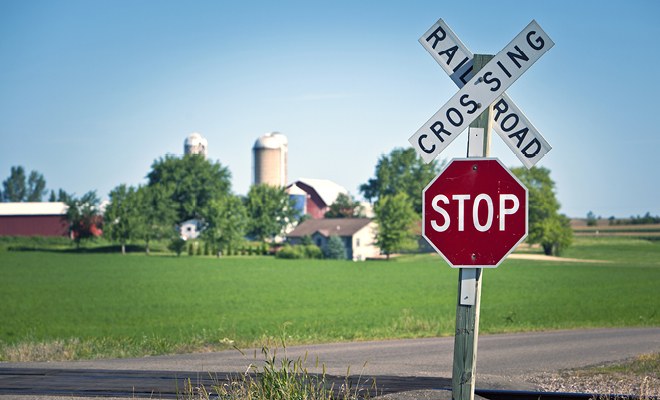
The preservation of open land, responsible development practices, energy-efficient design, and easy commuting by rail are highlights of Prairie Crossing, an agrihood and transit-oriented development (TOD) in Grayslake, Illinois. Two metro stations, within easy walking distance of the community, offer 300 trains weekly along with other transportation networks. Stables and a working organic farm form the community core. The development’s charter school emphasizes “a personalized public education where children learn the value of community and the environment.”
With Earth Day, the health of our planet and human health top-of-mind, agrihoods offer intriguing remedies. Having dug deeper into this growing trend, the agrihood looks even more appealing. It’s no wonder many of these communities are among the top-selling master-planned developments in their regions attracting not only millennials, but also empty-nesters, young families, and retirees. Together, in our neighborhoods, we can grow a healthier world.


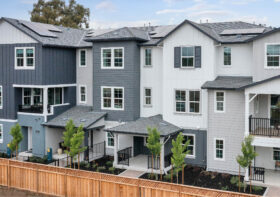


Amaya Genaro
Thank you Donna for highlighting what we have done at Rancho Mission Viejo! It is truly a small gem in the community that feeds the soul and nourishes the body.
Amaya
Elle Schulert
Thank you Amaya. We are happy to highlight RMV! It is an amazing master-planned community.